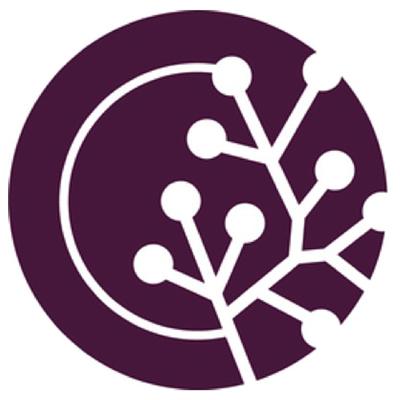Indigenous Self-Determination and Food Sovereignty through Fisheries Governance in the Great Lakes Region
by Charles Levkoe and Kristen Lowitt
When we talk about sustainable food systems and the right to food, it is important to ask: on whose lands? And on whose waters? This question is at the heart of the chapter, “Indigenous Self-Determination and Food Sovereignty through Fisheries Governance in the Great Lakes Region,” in Civil Society and Social Movements in Food System Governance. This chapter looks at the efforts of two First Nations communities in the Great Lakes region of Canada to exert authority over their fisheries.
Access to traditional or ‘country’ foods is a key element of food sovereignty for Indigenous communities in Canada—food sovereignty referring to the right of people to have healthy and culturally appropriate food and the right of communities to control their food systems. The importance of traditional foods is not only that they are nutrient-dense, but they also contribute to “cultural food security” due to their central role in maintaining identity, health, and survival. Throughout the Great Lakes Region, hunting and harvesting of wild and traditional foods has long been essential to the sustenance and well-being of First Nations and Métis people, with fishing of great importance to the Anishinaabe people.
Since the arrival of European settlers in the 17thcentury, Indigenous fishing activities have been disrupted by colonialism, a broken treaty process, and an imposed reserve system. This has led to a severe restriction of Indigenous control and access to land and watersheds. Moreover, the systems of Indigenous knowledge and decision-making has been disregarded and too often seen as inferior to resource management regulations imposed by the settler state.
However, Indigenous people around the Great Lakes are resisting. Today, there are 75 First Nations around the Great Lakes in Canada, all involved in fishing activities to differing degrees and with varying levels of authority over their fisheries. Our chapter presents Batchewana First Nation on Lake Superior and the Saugeen Ojibway Nation on Lake Huron as two communities with a commitment to self-determination over their fisheries. The stories of these two communities demonstrate different ways of engaging with the settler state to achieve food sovereignty.
Working as a co-author team, consisting of two academics, one staff member from the Saugeen Ojibway Nation, one staff member from the Chippewas of Nawash Unceded First Nation, and the Chief of Batchewana First Nation, we share the communities’ different governance arrangements and aspirations, strategies used to exercise authority, and views on the opportunities and limits of organizing towards equitable fisheries and food systems.
Together, these two communities show the complexity of perspectives and strategies that comprise fisheries and food system governance. As settlers who may work with Indigenous people or read this chapter, it is not our role to make judgements on these strategies but rather to understand them in an effort to build meaningful Nation to Nation relationships. From our research, we suggest there is a need to go beyond resource management that is led by the settler state and to understand and implement Indigenous systems of land and water governance. We also suggest that the food sovereignty movement needs to pay greater attention to fisheries and coastal areas, as these are often overlooked due to a focus on agricultural food production.
FLEdGE-affiliated authors and co-editors, Peter Andrée, Jill K. Clark, Charles Z. Levkoe, and Kristen Lowitt explore how food movement organizations in Canada and abroad are responding to crises in the food system by getting deeply involved in shaping policy and governance. Civil Society and Social Movements in Food Systems Governance is available free online.
Read the other posts discussing this book
Author Meets Readers: Social Movement Engagement in Food Systems Governance
Traversing Theory and Practice, and the Governance Engagement Continuum
Cooperative Governance and a New Narrative on Agrarianism in Calgary, Alberta
Comparing the Effectiveness of Structures for Addressing Hunger and Food Insecurity
Pathways to Co-Governance? The Role of NGOs in Food Governance in the Northwest Territories, Canada
Hybrid Governance as Rural Development: Market, State, and Civil Society in Correns, France











